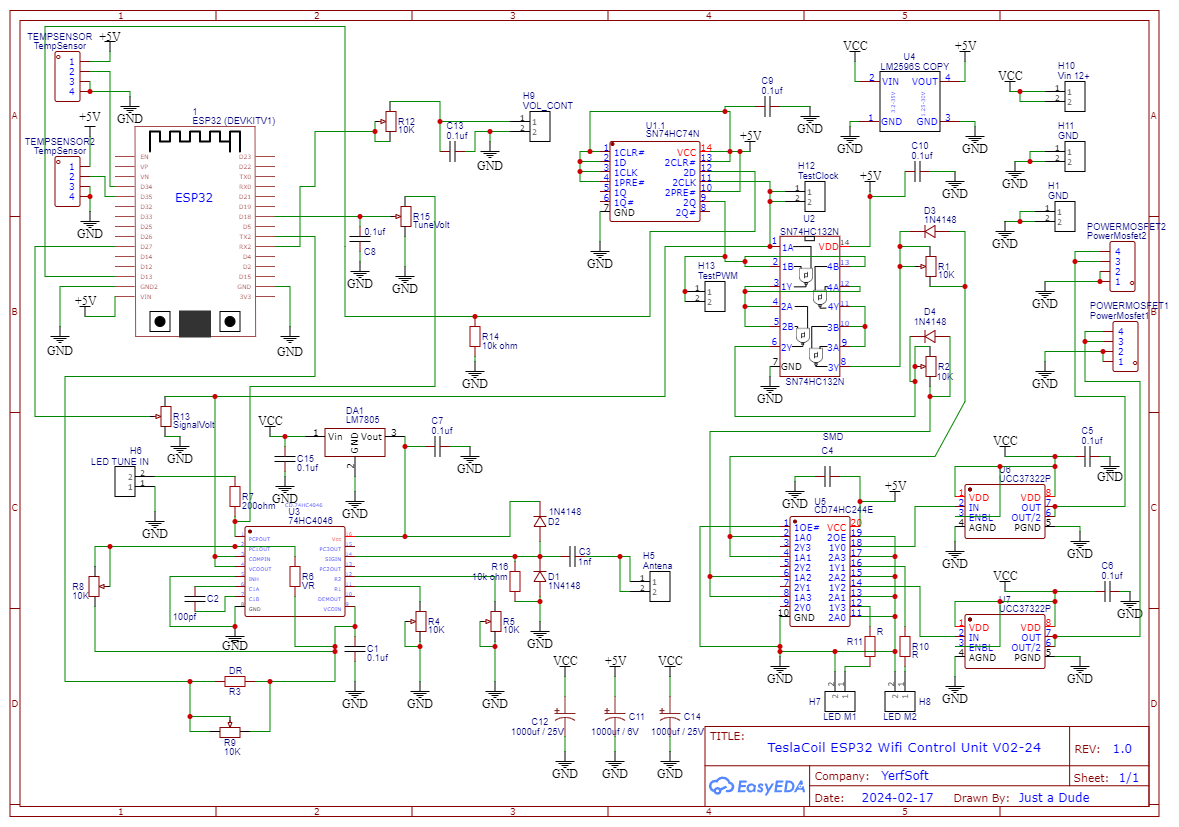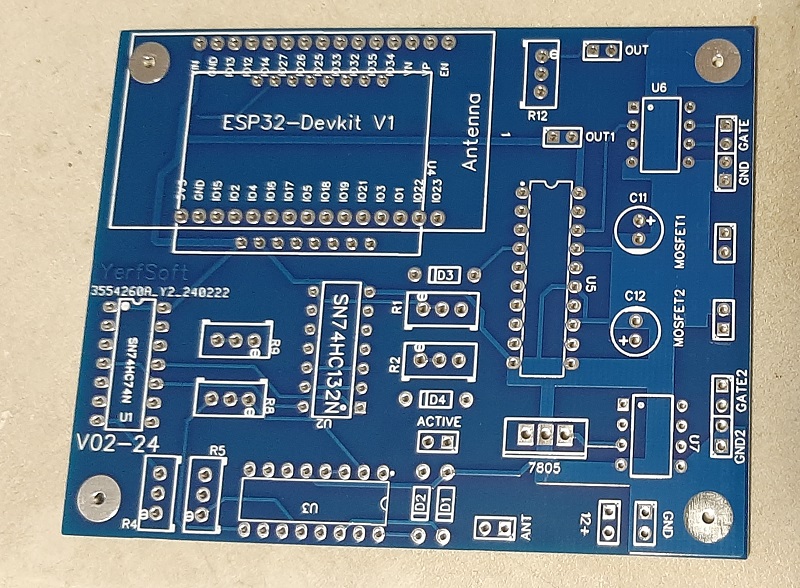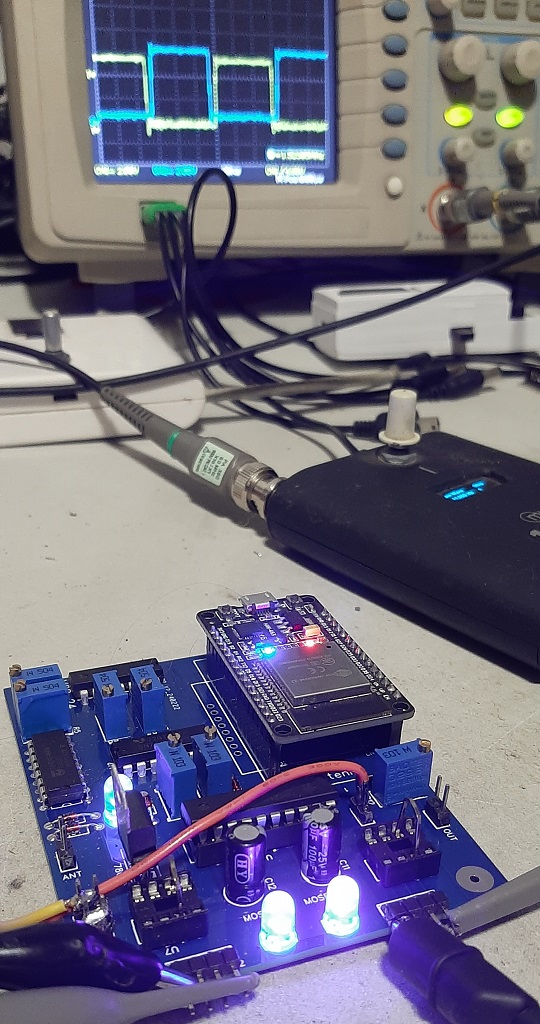Version 1
The first version of the control view had 2 cameras. The main camera is from a smart-phone running the web control application (WCP), the second camera at the bottom, it is a web-cam via WiFi and it has some extra lag vs the first camera sycronization timming.
On the top is a FFT spectrum analyzer, campturing acustic audio from then microphone audio device, in this case the android phone running the web application.
Control parameters are at the right side of the view. The interrupt frequency is controlled by a pulse width modulation (P.W.M.). The P.W.M. frequency range is limited by the hardware (chip esp32), works perfect from 1hz to 100khz, with a 10bit(0 to 1023) resolution. This controls the interruption pulse of the main resonance frequency for the primary coil, sometimes called "frequency chopping".
The RF frequency is monitored on the graph at the right bottom view. The resonance for this coil is arround 2.7 Mhz.
Select a Video
Version 2
The second version has a new interface with only one main camera at the center of the view and the controls parameters fade in over with a transparent layer.
Did some optimization of view space by moving the acustic microphone audio FFT spectrum analyzer at the bottom, and the RF frequency monitor graph is overlaping the audio spectrum analyzer.
The resonance frequency for this coil is arround 2.1 Mhz.
Select a Video
Version 3
The plasma is no longer in the middle. The plasma flames are created from the strong electromagnetic forces arround the top section of the coil.
The resonance frequency for this coil is arround 2.27 Mhz.


